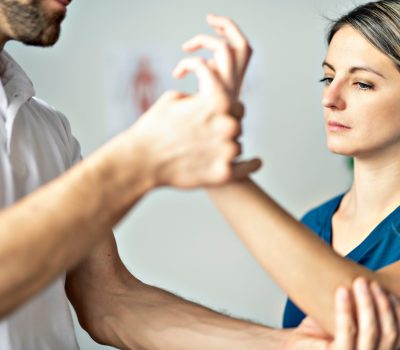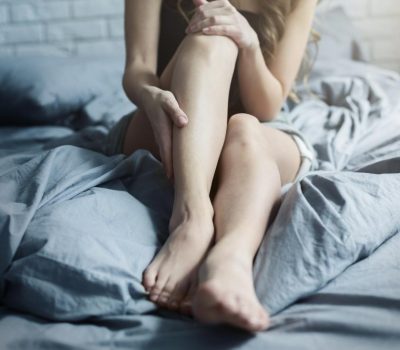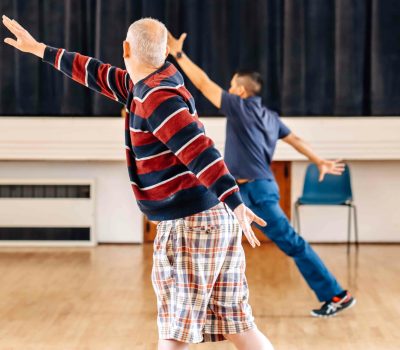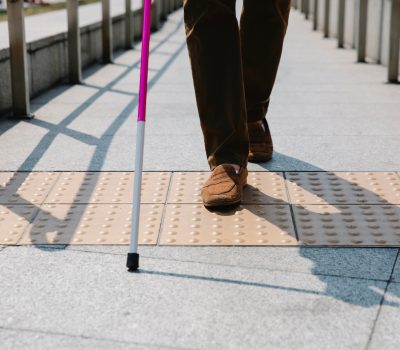How can I rehab my arm after stroke?
If you have had a stroke, it may be difficult to use your arm properly. When a stroke happens, part of the brain is deprived of oxygen. This can happen if a blood vessel gets blocked (ischaemic stroke) or there is a bleed in your brain (haemorrhagic stroke). Once the brain is deprived of oxygen, the brain cells die and this can stop or interfere with messages getting to the nerves and muscles in your arm making it difficult to move and control your arm and hand.
Following a stroke, you may have one or a combination of the following:
- Weakness in your arm/hand – known as hemiplegia
- Tightness of the muscles in your arm/hand – this is known as spasticity or increased tone which can lead to contracture (muscle shortening)
- Reduced sensation or awareness of your arm resulting in reduced ability to feel touch, pain, temperature, position or the ability to recognise objects you are holding
- Hypersensitivity of your arm/hand
- Reduced control or coordination of your arm/hand
- A dropped shoulder due to weakness (see dropped shoulder blog – LINK).
It is possible to work towards regaining function of your arm following a stroke through focussed exercises and functional activities. Rehabilitation and exercise encourages the brain to start making new connections in the healthy parts of the brain which then work towards restoring function of the affected arm – this is known as neuroplasticity. Some patients regain movement quickly in the first few weeks post stroke but other patients it can take longer, sometimes years. Not all stroke survivors will regain use of their arm and this will depend on many factors.
Even if you have very little movement in your arm/hand post stroke there are still exercises and tasks you can complete to promote movement and reduce secondary complications such a muscle shortening and loss of flexibility. A physiotherapist would be able to determine which exercise and activities would be most beneficial for you.
Positioning: Good positioning of your arm is very important to help prevent subluxation (dropping of the shoulder joint) and muscle shortening which can lead to loss of range of movement. Positioning is particularly important if you have a lack of feeling and awareness of your arm as it is more vulnerable to damage. Making sure your arm is in view at all times and supporting it on pillows when sitting or lying can help with this. If you are using a wheelchair, using a specialised tray or arm rest can help to support your arm and ensure it is positioned effectively.
Sensory stimulation work: After a stroke, you may have reduced or altered sensation in your arm and hand. Brain pathways are complicated and sensory deficits can vary from person to person. Symptoms may include numbness, tingling, pins and needles or hypersensitivity. If you have altered sensation in your arm completing sensory stimulation work can help to re-train or stimulate sensory pathways. This can be done via various techniques including touching with different textured objects (e.g a towel, silk, spiky ball), massage, pressure, determining joint position or identifying different temperatures. If you are unable to complete this yourself, a friend or relative could help you. This should be done every day if possible.
Splinting: Arm and hand splinting is not routinely used for patients post stroke but may be of benefit if you have limited or no movement in your hand, wrist or elbow to prevent muscle shortening, facilitate function or to increase comfort. A physiotherapist would be able to assess for the correct type of splint and use would need to be monitored regularly to ensure the splint continues to fit appropriately and is comfortable.
Stretches and range of movement exercises: If you have some movement in your arm and hand you can complete simple exercises to help maintain your range of movement and strengthen your muscles. For example making a fist and straightening your fingers or bending and straightening your elbow. If you are unable to do this unassisted you can use your other arm/hand to help you or ask a friend or relative to help. It is important to complete regular range of movement exercises to prevent any muscle shortening particularly if you have limited active movement.
Repetitive functional task training: As with anything, the more you do the better you’ll become! Repetition of a functional task helps to re-build and then cement new pathways in the brain which helps with motor recovery after a stroke. For the arm this is best completed through functional tasks such as reaching, grasping, pointing, moving or manipulating objects. If you have movement in your arm, using it as functionally as possible is the best therapy and you should try to use your affected arm as much as possible. If this is difficult with your affected arm, you can try and use your other hand to help. For example supporting the weight of your arm using your unaffected side to touch or reach for an object.
Electrical stimulation: If you have some movement in your hand and arm, a physiotherapist may suggest using electrical stimulation to assist with muscle strengthening. Electrical stimulation uses electrodes to control the nerves which then activates your muscles and is used to improve strength while practising functional tasks. Electrical stimulation should always be set up by a physiotherapist or trained professional as it may not be suitable for everyone and there are certain conditions that would not be safe to use electrical stimulation.
Constraint induced movement therapy (CIMT): This is sometimes used under guidance of a physiotherapist to help you use your affected arm more. The aim of CIMT is to improve and increase the use of your affected arm whilst restricting movement in the non-affected arm. This can be done formally by physically restraining your unaffected arm or simply placing your unaffected hand in your pocket to encourage you to use your affected arm. It is very important to complete this under guidance of a therapist as if you have other difficulties such as reduced balance or visual and perceptual difficulties, CIMT maybe unsafe to complete.
Assistive Technology
There are many assistive technologies on the market which can help to encourage exercise and movement of your arm and hand. Some of these are simple small devices which involve games and fun activities to encourage movement in your arm and work using biofeedback. These can be useful if you struggle with motivation towards exercises or using your hand/arm. There are also more complex devices involving robot assisted movements and sometimes electrical stimulation in addition. A physiotherapist will be able to guide you if use of an assistive technology may help. It is important to remember that technology devices should not replace functional use and repeatedly using your arm as much as possible in day to day tasks is the best possible rehabilitation.
The most important thing to remember!
Neuroplasticity does not just occur in physio sessions or when completing specific exercises for your arm – new connections can be made at any time and it is important to try and use your arm functionally as much as you can throughout the day if you are able.
Author Bio







